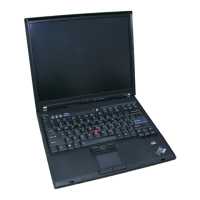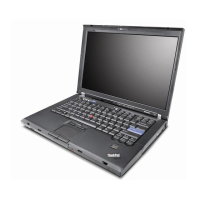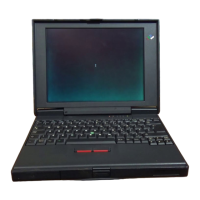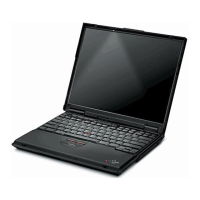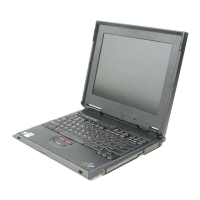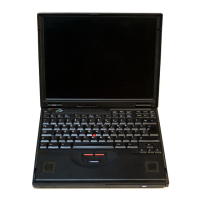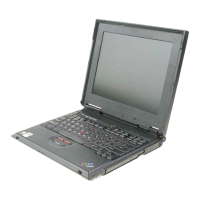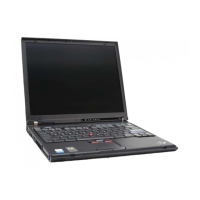Chapter 2. System Commands
10
SYSTEM OVERVIEW
The
5100
contains an active workspace, which
is
the
part
of
internal storage where
the
user's data
and
user-defined functions (programs) are stored. When
the
power
is
turned
off
or
the
RESTART switch
is
pressed
on
the
5100,
all
the
data
in
the
active workspace
is
lost. However,
the
~ontents
of
the
active workspace can be
saved
on
tape
(stored workspace) and
then
read back into
the
active workspace
for
use
at
a later
time
(see System Command Descriptions
in
this chapter).
The
contents
of
the
active workspace
then
exist in
both
the
active workspace and
on
tape.
The
tape
is
your
library;
that
is,
it
is
a place where
you
can store
data
for later
use. Before a
tape
can be used,
it
must be
formatted.
A
formatted
tape
contains
one
or
more files where
data
can be stored. Each file has a file header, which con-
tains information
about
the
file. See
the)
LI
B system
command
in this
chapter
for a description
of
the
file header.
The
system
commands, which are used
to
control
and
provide information
about
the
system,
are discussed next.
SYSTEM COMMAND DESCRIPTIONS
The
following list shows
how
system
commands
are used
to
control and provide
information
about
the
various parts
of
the
system. Each system
command
is
described
in
detail later
in
this chapter.
Commands
that
Control
the
Active Workspace
Command
)CLEAR
)COPY
)ERASE
)LOAD
)PCOPY
)SYMBOLS
)WSID
Meaning
Clear
the
active workspace.
Copy
stored
objects (see
note
1) into
the
active workspace.
Erase global objects (see note 1) from
the
active workspace.
Replace
the
active workspace with a stored workspace.
Copy stored objects (see
note
1) into
the
active workspace and pro-
tect
objects
in
the
active workspace from being destroyed.
Change
the
number
of symbols allowed
in
the
active workspace.
Change
the
active workspace 10.
